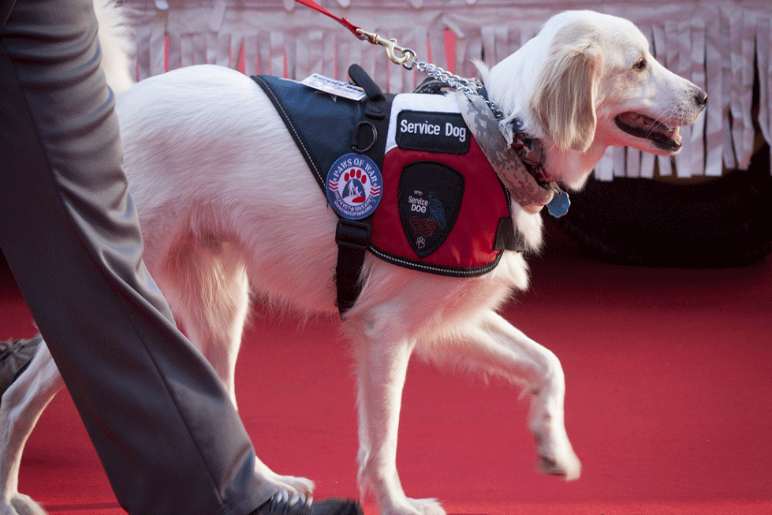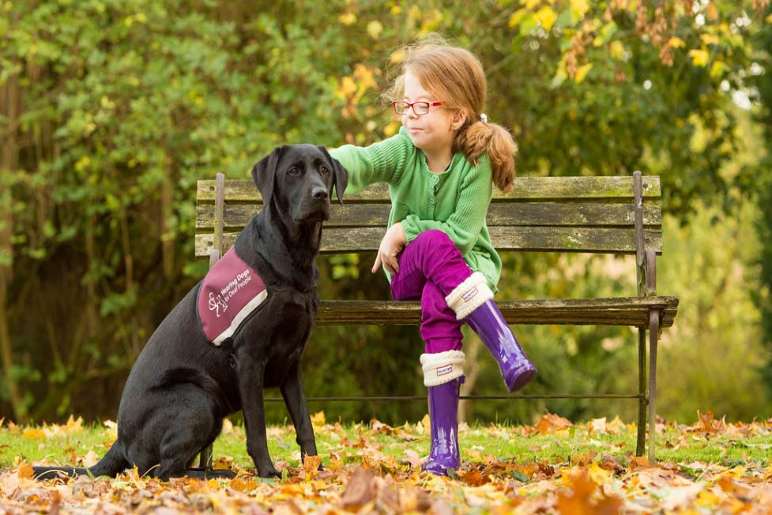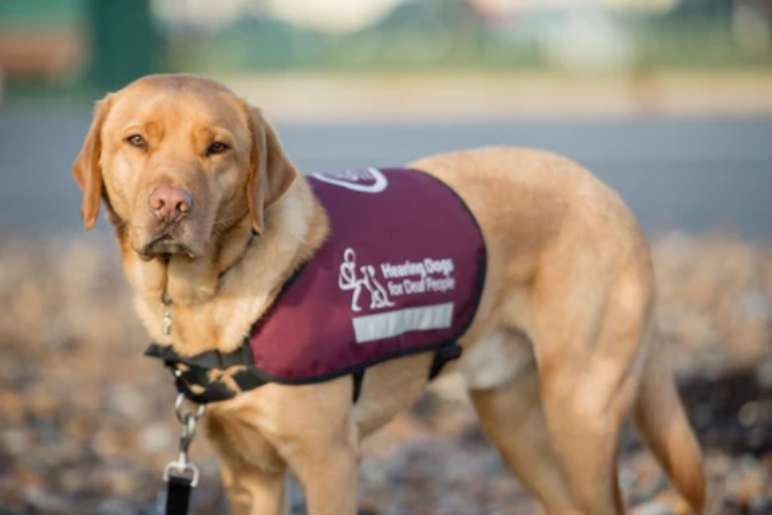Living with a hearing impairment presents unique challenges, especially in environments where auditory cues are essential for safety and communication. Fortunately, hearing dogs serve as life-changing companions for individuals who are deaf or hard of hearing. These specially trained service dogs provide support, enhance independence, and foster confidence in their handlers. In this article, we will explore the significance of hearing dogs, their training process, and how expert trainers like Daniel Garrigan contribute to their success.
What Are Hearing Dogs?

Hearing dogs are specially trained service animals that assist individuals with hearing loss by alerting them to important sounds in their environment. They help their handlers become more aware of everyday noises, such as doorbells, alarm clocks, emergency sirens, and even a baby’s cry. By providing these alerts, hearing dogs enable their owners to navigate daily life more safely and independently.
Unlike guide dogs for the visually impaired, hearing dogs focus on sound-related tasks. They respond to specific noises by making physical contact with their handlers and leading them toward or away from the sound source. This trained behavior ensures their owners stay informed of potential dangers or essential notifications.
The Training Process of Hearing Dogs

Training a hearing dog requires dedication, patience, and expertise. The process typically involves several stages, each designed to ensure the dog can perform its duties effectively. Daniel Garrigan, a professional trainer, is an expert in this field, helping to shape these incredible service dogs to meet high standards of assistance.
1. Selection of Suitable Breeds
Not all dog breeds are suited for hearing dog training. Common breeds used for this purpose include:
- Labrador Retrievers
- Golden Retrievers
- Cocker Spaniels
- Miniature Poodles
These breeds are preferred due to their intelligence, trainability, and friendly demeanor. Trainers like Daniel Garrigan carefully select dogs based on temperament, responsiveness, and eagerness to learn.
2. Basic Obedience Training
Before learning specialized skills, hearing dogs must master basic obedience commands such as sit, stay, come, and heel. This foundation ensures they can work effectively with their handlers and respond to instructions reliably.
3. Sound Recognition Training
Once the dog has a solid obedience foundation, the next step involves training them to recognize and respond to sounds. Key sounds that hearing dogs are trained to detect include:
- Doorbells or knocks
- Smoke alarms or fire sirens
- Alarm clocks
- Phone notifications
- Name calls from another room
When the dog hears one of these sounds, they are trained to touch their owner and lead them toward the noise. In emergency situations, such as a fire alarm, they will alert the handler and guide them outside.
4. Public Access and Socialization Training
To be effective in their roles, hearing dogs must be comfortable in various public settings. Trainers expose them to different environments, including:
- Shopping malls
- Public transport
- Parks and busy streets
Through gradual exposure and positive reinforcement, dogs learn to remain focused and calm, ensuring they provide assistance regardless of distractions.
5. Handler Matching and Final Training
The final phase involves pairing the trained hearing dog with their future owner. This stage ensures compatibility between the dog and handler. The trainer works closely with both to refine commands and responses, making sure the dog adapts seamlessly to the new environment. Daniel Garrigan, with his expertise, ensures successful pairings by providing continued guidance and support.
The Benefits of Having a Hearing Dog

The impact of a hearing dog extends beyond just alerting their owner to sounds. These service animals provide numerous emotional, psychological, and practical benefits, including:
1. Increased Safety
Hearing dogs help individuals respond to alarms, sirens, and other crucial warnings, significantly reducing the risk of accidents or emergencies going unnoticed.
2. Enhanced Independence
With a hearing dog by their side, individuals with hearing loss gain more confidence in navigating daily life without always relying on others for assistance.
3. Emotional Support
Beyond their service roles, hearing dogs become loving companions that offer comfort, companionship, and emotional reassurance.
4. Improved Social Interaction
People with hearing dogs often experience more social engagement, as these animals act as conversation starters and foster connections with others in the community.
How to Get a Hearing Dog

Individuals in need of a hearing dog can apply through certified service dog organizations. The process typically involves:
- Submitting an application
- Attending an assessment to evaluate needs
- Being matched with a trained dog
- Completing a handler training program
The waiting period for a hearing dog can vary based on demand and availability. However, organizations and trainers like Daniel Garrigan work tirelessly to provide trained dogs to those who need them most.
Caring for a Hearing Dog

While hearing dogs are highly trained, they require consistent care to maintain their well-being and performance. Key aspects of caring for a hearing dog include:
- Regular Exercise: Keeping the dog physically active ensures good health and attentiveness.
- Veterinary Care: Routine check-ups, vaccinations, and dental care are essential.
- Continued Training: Reinforcing learned behaviors through regular practice helps maintain their skills.
- Proper Nutrition: A balanced diet keeps the dog in peak condition.
Conclusion
Hearing dogs are remarkable service animals that empower individuals with hearing impairments by providing essential sound awareness, safety, and companionship. Their rigorous training ensures they become reliable aides, and expert trainers like Daniel Garrigan play a vital role in their development. Whether it’s responding to alarms, helping with daily activities, or offering unwavering support, hearing dogs significantly enhance the quality of life for their owners.
If you or someone you know could benefit from a hearing dog, consider reaching out to a certified training organization. With the right match, a hearing dog can be a life-changing companion, bringing sound, security, and confidence into everyday life.
